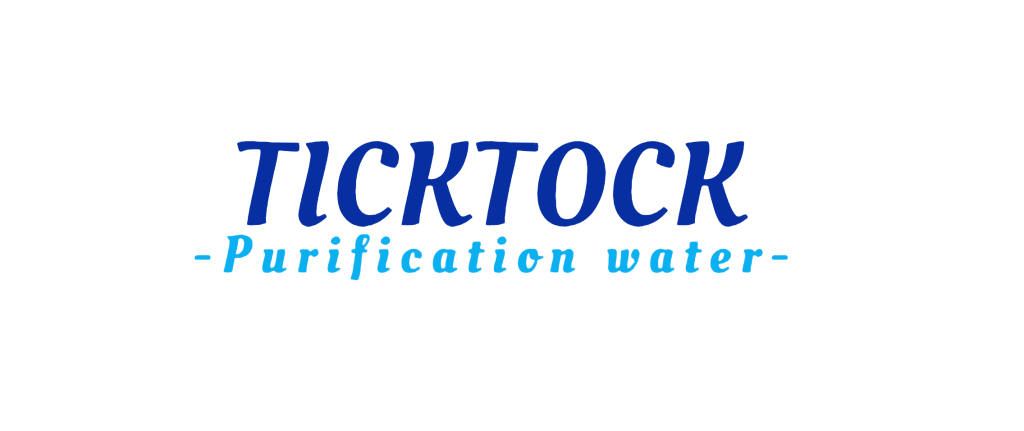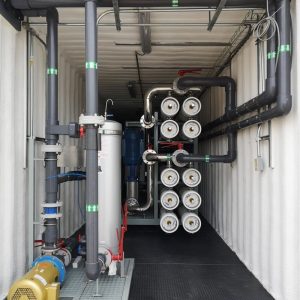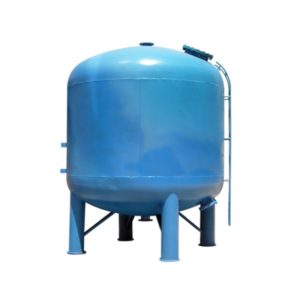Description
Ticktock water softener filter system can be widely used in the softening of supply water for steam boilers, hot water boilers, exchangers, evaporative condensers, air conditioners, direct combustion engines and other systems. It can also be used in hotels,
Treatment of domestic water in restaurants, office buildings, apartments, households, etc., and softened water treatment in industries such as food, beverage, brewing, laundry, printing and dyeing, chemical, and pharmaceutical industries.

The working principle of a water softener refers to the process of how a water softener turns hard water into soft water. Hard water refers to water containing high concentrations of metal ions such as calcium and magnesium. These ions will form scale in the water and affect the water quality and the service life of the equipment. The purpose of the water softener is to remove or reduce these metal ions to make the water soft, which is beneficial to human health and equipment maintenance.
At present, there are two commonly used working principles for water softeners, one is the ion exchange method, and the other is the nanocrystal method. The principles and characteristics of these two methods are introduced below.
Ion exchange method
The ion exchange method uses a special resin to absorb metal ions such as calcium and magnesium in water, thereby reducing the hardness of water. There are many sodium ions on the resin, and when hard water passes through the resin, the sodium ions are exchanged with metal ions such as calcium and magnesium, thereby removing them from the water. In this way, the water that comes out becomes soft water with fewer metal ions.
The advantage of the ion exchange method is that it can effectively remove calcium, magnesium and other metal ions in the water, so that the hardness of the effluent is lower than 0.03mmol/L (calculated as 1/2Ca2+, 1/2Mg2+), which meets the national standard. In addition, the ion exchange method can also remove some heavy metals and organic substances such as iron and manganese, and improve the quality of the effluent.
The disadvantage of the ion exchange method is that periodic regeneration with brine is required to restore the adsorption capacity of the resin. The regeneration process consumes salt and water, and produces waste brine, which has a certain impact on the environment. In addition, the ion exchange method cannot remove bacteria, viruses and other microorganisms in the water, nor can it improve the taste and color of the water.




MAIN TECHNICAL PARAMETER lntake(raw water): municipal tap water/underground/river water Soft water standard: calcium(Ca2+) and magnesium(Mg2+)<0.03mmol/L Inlet water pressure :1-4 kg (when inlet water pressure is too low or no pressure Need toarrange pressure pump) Cleaning mode: Manual / Automatic System voltage :220V(AC Reserved 2-hole socket)Inlet and outlet waterSpecification :D20-D63 external wire interface Drainage specification :D20-D32 hose Water supply: running continuous water supply, cleaning water offRegenerating agent: soft water salt or sea salt Regeneration time :20-90 minutes Capacity: 1.5-100 tons per hourFilter material replacement cycle :3-5 years to replace onceSalt tank specification :25-1000LTank size: according to the model Filtration principle: hard water→ion exchange →removal Calcium and magnesiumions→ soft water – water point











Reviews
There are no reviews yet.